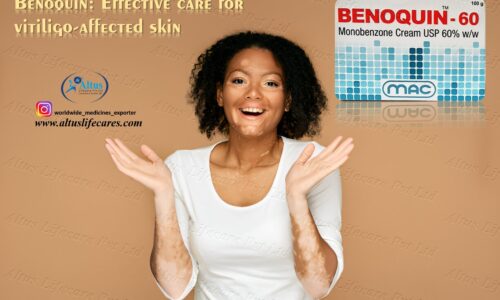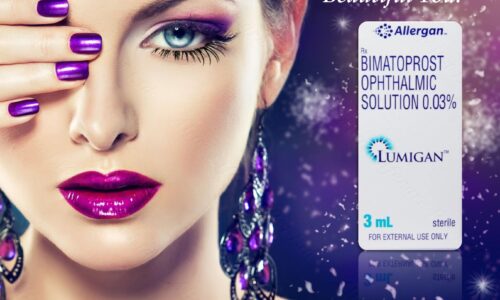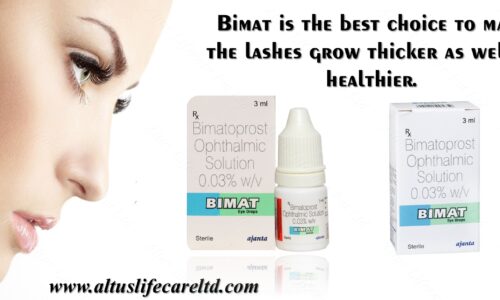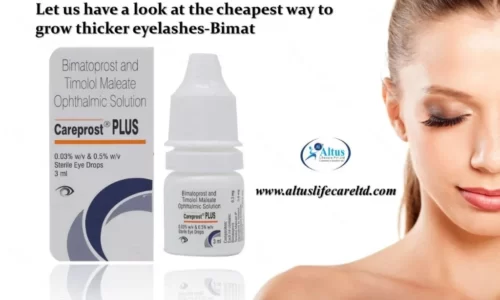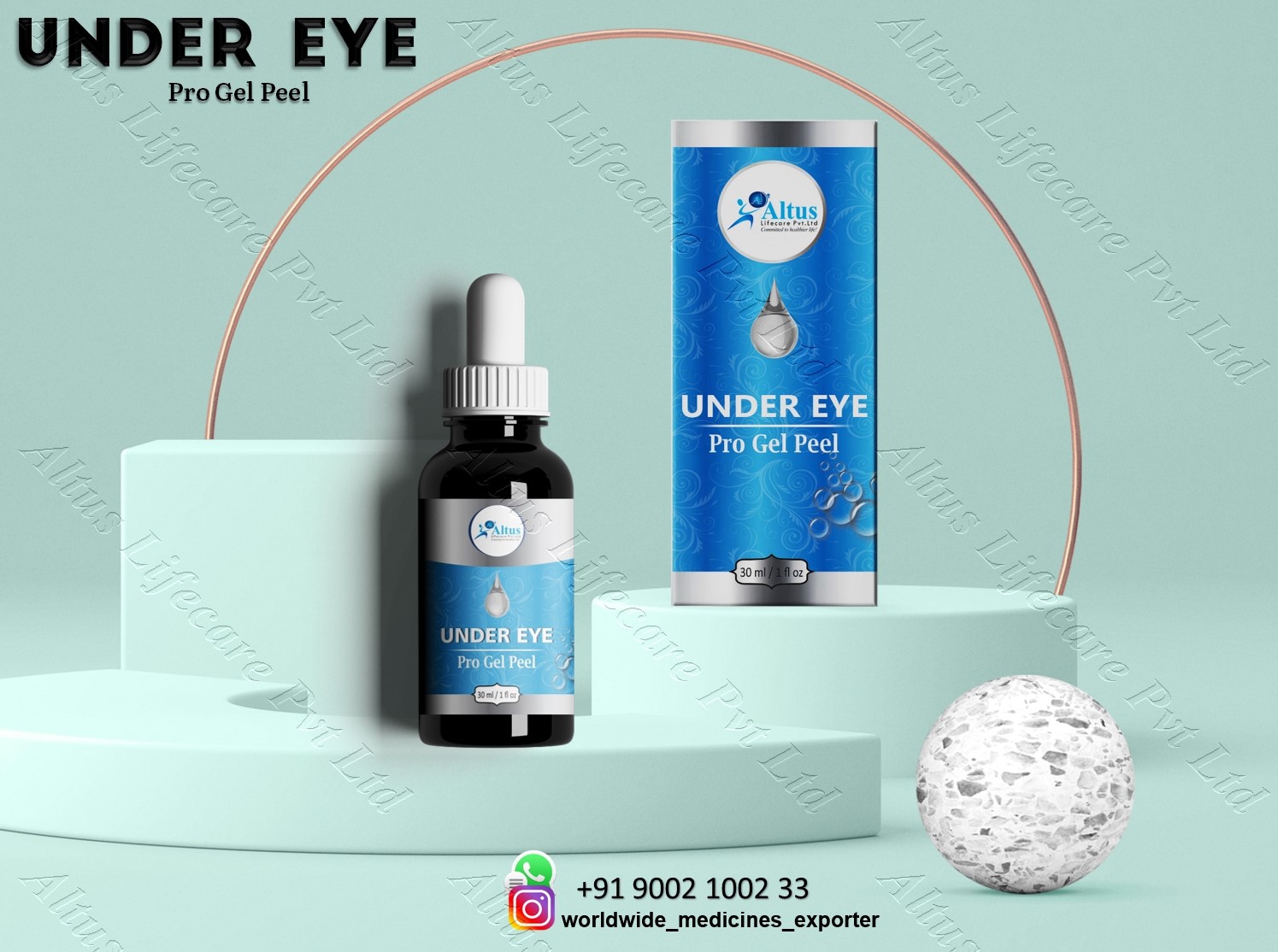
Under Eye Peel Beautiful Skin is Right Around the Corner
Under Eye Peel
Rejuvenation of the upper and/or lower eyelids using Under Eye Peel quite simple and quick procedure. It is also referred to as ‘chemical blepharoplasty. The chemical peel uses a chemical solution i.e. acids of different types, which is applied to the skin to break down the top layer. The application of acid on the skin produces “blisters” and sometimes the skin gets peeled off. This will help diminish fine lines, wrinkles, and uneven skin tone making the skin look smoother than earlier.
The techniques exist since the mid-1800s, however, it has got actual popularity in late ’90s.
As per the report by the American Society of Plastic Surgeons, approximately 1.4 million chemical peels were applied in the United States in 2017.

Under Eye Peel Is Used To Treat The Following Conditions:
- Reduce fine lines under the eyes
- Reduce wrinkles caused by sun damage and aging
- Treat certain types of acne
- Improve the look and feel of the skin
It uses different types of products with varying impacts on the skin. Accordingly, there are three types of chemical peels available: superficial, medium-depth, and deep-depth.
- Superficial peels are mildest and are used to cure fine lines, wrinkles, large pores, dark spots and tighten the skin.
- Medium depth peels are used for skin having photo-damage, sun spots, acne scars, and creepy skin under the eyes.
- Deepest peels used to treat more serious skin issues such as severe acne scars, excessive sun damages, or looseness of the skin.
Working Of Chemical Peel
In the chemical peels process, the skin is reacted with acid used and causes a chemical reaction. This leads to dissolving the outer layers of dead skin and reveals spotless, flawless, lineless skin which is just under the topmost layer of skin. Hence, this results in even skin tone and texture and promotes the building of collagen.
For peeling the eye area various peelers are available. The choice of eyelid peeler depends on the safety and lifting effect on the skin of the eyelid. The alpha hydroxy acid (AHA) and trichloroacetic acid (TCA) peels are ineffective as they are unable to reach the reticular dermis and modify. For treating small areas with less quantity, phenol peeler is an effective and very low risk of toxicity.

What Are Dark Circles?
The skin under the eye is thin and fragile. It is more prone to be affected by pigmentation, ageing, and other such factors. Generally, due to various reasons, a grayish or dark shadow appears under the eyes. This region looks distinctly different from the rest of the skin on the face. This darkening of the under-eyes is not a medical issue but often can hamper the appearance of an individual.
What Are The Reasons For Dark Circles?
The blood supply to the eyelid skin is very rich and made of fine tiny vessels. The fact that the lid skin is very thin and transparent, makes the area darker than the surrounding skin due to many reasons. Some of these reasons involve:
- Irregular sleeping habits
- Smoking
- Allergies
- Fatigue
- Excessive screen time
- Increased intake of caffeinated beverages
- Sun exposure without proper gear
- Skin pigmentation
- Ageing
- Heredity
These are some of the most common reasons for dark under-eye circles. This is the main reason he pays a lot of attention during the consultation.
What Are The Different Treatment Options For Dark Circles?
If you have dark circles under the eye due to pigmentation and if you have fine lines as well, chemical peels can help you get rid of them. The skin under the eye is thin; hence; a deep or even a medium depth peel can harm the area. That is why I recommend gentle skin peels for dark circles removal using Retinol, glycolic C or, Lactic Acid. These are weak chemicals that do not penetrate too deep into your skin, and only remove the damaged, aged out layer.
The newer peels like Mandelic Acid peel, Arginine peel, and Kojic Acid peel are also effective. The newer generation peels are liposomal in nature; hence, they allow greater penetration without side effects. We also offer combination peel treatments for better results.
The gentle chemical peel removes the dead skin cells, which allows a newer layer to surface. This new layer does not have the dark spots and wrinkles, making your face appear young, fresh, and healthy. However, this treatment only works if you commit to a undereye skincare routine after the therapy to maintain the skin’s youthfulness. The result may vary depending on your skin type and how dark the areas under the eyes have become.
If you are worried about the safety of the procedure due to the use of chemicals, let me assure you that I take every required measure to ensure your comfort and wellbeing. I use only the highest-quality products. I also have the expertise and experience to determine your individual needs. A gentle chemical peel requires multiple sessions to achieve the desired result. The number of treatments depends on the depth of the dark circles and if there is any puffiness. Each session takes around half an hour to be completed successfully.
One of the best things about gentle chemical peels for dark circles is that it requires no downtime. You can return home or to the office right after the treatment. As precautionary measure, I advise you to avoid touching or rubbing of the treated area. You will also need to avoid direct exposure to sunlight by wearing protective glasses.
1.Chemical Peels (AHA)
A chemical peel is a treatment in which a chemical solution is used to improve the texture and tone of the skin by ‘peeling the damaged outer layers’. Glycolic Acid (AHA) peel is used
A chemical peel is an outpatient procedure. Before getting skin peel treatment, some people need to follow an instructed precaution of 2 to 4 weeks, which leads to better results.
No anesthetic is required for the procedure as it is a non-invasive procedure.
The recovery after the procedure varies from person to person. Absolute care must be taken after the procedure and the doctor’s instruction must be followed to the word.
2.Microcurrent treatment
Microcurrent treatment not only helps to eliminate the dark circles but also the puffiness around the eyes which often accompanies age. It works on the principle of transferring blood and nutrients to the affected area in order to improve the appearance and make the under eyes look youthful and even-toned.
In this treatment, microcurrent is often used along with vibration in order to reach deeper into the skin layers. This promotes increased collagen which in turn speeds up the healing procedure.
3.Topical Treatments
Under-eye dark circles can also be reduced with the help of different topical treatments. These creams need to be used consistently as and when told by the doctor.
CAN A CHEMICAL PEEL HELP YOUR AGING EYES?
Your eyes are the first things you likely notice when you look in a mirror. They are also one of the first things people look at when you talk to them. When the skin around the eyes starts to wrinkle, sag or develop fine lines, many people can feel self-conscious about their appearance. Luckily, a quick search for a “chemical peel near me” will bring up results to help you rejuvenate your appearance. One of the safest and most effective ways to treat the skin around your aging eyes is with a chemical peel, so you owe it to yourself to give it a try once you learn about the chemical peel benefits.
CHEMICAL PEELS PROMOTE HEALTHY AND YOUTHFUL SKIN
Since the skin around your eyes is the thinnest on your body, you have to be careful with it. Medical professionals generally use a medium peel in this area, since it targets the outer and middle layers of the skin to improve the skin cells deeper in the skin.
Some of the many chemical peel benefits include promoting the production of collagen, hyaluronic acid, elastin and other grown factors, which will generally slow down as people age. All of these factors combine to create a thicker dermis, tighter skin and a smoother skin surface. A chemical peel works to boost the production of these factors to enhance your skin.
THE CHEMICAL PEEL PROCESS
When a chemical peel is administered, it may take a day or two for clients to notice anything happening. The first signs will be dry-looking skin, and it may even make your skin look older for a day or two. Your skin may change colors slightly, depending on your natural skin color by the third day. By the fourth day, or even up to one full week, the skin usually peels off and will have a pink appearance. At this point, the healing process has begun and you need to follow the advice of your medical professional to have the best healing experience.
How Many Sessions Are Required For Dark Circle Reduction?
The sessions required greatly depend upon the severity of the issue at hand, the type of treatment that is chosen, and other such factors.
However, on average, we advise 15 sessions with an interval of 4 days between two sessions. Each session generally lasts for about 30 minutes. You can go back to your routine after the sessions. Use a good quality sunscreen of more than 15 SPF in order to retain the results of the treatment.
How To Prevent Recurrence Of Dark Circles?
One of the biggest worries many patients carry in their minds is what if dark circles return even after the treatment.
Following all of his instructions to the word will help you in maintaining the results of the treatment as well as stop the dark circles from recurring.
What Are The Risks Associated With Under Eye Treatments?
These are some of the rare risks associated with under eye treatments:
- Temporary irritation under the eyes
- Puffiness that often subsides away
Chemical Peel for Undereye
Typical acids used in superficial peels include glycolic, salicylic, kojic acid and malic acid, Yagoda said. Superficial peels are good for treating fine lines and wrinkles, large pores and dark spots, and to help tighten the skin.
What is an eye peel?
The mandelic acid eye peel is a remarkable treatment which safely and gradually improves the quality of the skin around the eyes, resulting in a reduction of the appearance of fine lines and discoloration. Mandelic acid peels are a type of alpha hydroxy (AHA) peel, similar to a glycolic acid or lactic acid peel.

How long do chemical peels last?
Although the swelling is likely to disappear in about two weeks, your skin may remain red for up to three months. One treatment with a deep chemical peel will produce long-lasting and dramatic results that can last up to 10 years.
Is there any side effects of chemical peeling?
Common side effects are temporary, and include redness, dryness, stinging or burning, and slight swelling. With deep peels, you may permanently lose the ability to tan. Chemical peels can, however, have more serious risks and dangerous side effects that can be permanent.
What Is Chemical Peel Treatment?
A chemical peel treatment is a skin rejuvenating procedure, which makes use of mild acids derived from natural sources of varying strengths to exfoliate the upper layers of the skin in a controlled manner, followed by regeneration of new healthier layers. The chemical solution once applied to the skin, triggers the controlled removal of the upper layers. Chemical peel treatment is a standardised procedure that helps even out skin texture and improves its appearance. It also helps reduce the excess accumulated pigment in the form of spots or marks as it eliminates the layers of dead skin.
Benefits Of Chemical Peel Treatment
Dermatologists recommend the application of suitable chemical peels depending upon your concerns to get a healthier & evenly toned skin. Thanks to this, a chemical skin peel offers the following benefits –
- Chemical peels help control acne breakouts by removing excess sebum, dead skin cells and dirt.
- It smoothens out the skin’s texture by healthy skin rejuvenation.
- It improves the complexion by reducing dark spots and discolouration.
- It firms and tones the skin by stimulating collagen and elastin production.
- It corrects post-inflammatory hyperpigmentation (PIH) secondary to conditions like acne etc.
- The treatment improves the appearance of the skin as it reduces the signs of ageing and sun damage.
- Chemical peels help lighten dark circles around the eyes to some extent.
- It addresses uneven skin caused due to suntan
Is Chemical Peel Suitable Only For Face?
A chemical peel is a popular treatment option for the skin on the face and neck. Dermatologists also use it for treating skin conditions on other areas of the body, including the following:
- Around the eyes
- Arms
- Back and shoulders
- Thighs
- Legs
- Feet and hands
Is Chemical Peel Safe For Skin?
It is a safe procedure with minimal side effects if performed under the supervision of a dermatologist with adequate priming and post care.
- It works on all skin types (i.e. oily, dry, combination, mature).
- Chemical peels are available in 3 strengths – superficial, medium and deep.
- Dermatologists select the type and strength of the peel after evaluating your skin type and condition.
- A skin therapist applies the peel under the supervision of a dermatologist.
- The procedure is painless, though some people experience a mild stinging and burning sensation.
- The results are visible after a few sessions. One can notice optimal results two weeks after the treatment.
Chemical Peeling Treatment Procedure
Chemical peeling is an outpatient procedure that takes less than an hour at skin clinics. The procedure includes three segments, beginning with pre-procedure basics. Then comes the treatment itself, and last of all, the post-procedural precautions.
How To Prepare For The Procedure?
Here are some of the pointers you need to bear in mind before undergoing a chemical peel session:
- It is crucial to share your health conditions and medical history during the initial consultation with your dermatologist before commencing the treatment.
- Follow the priming process as suggested by your dermatologist at least two weeks before the treatment procedure.
- Stop using retinoids, skin lightening creams, AHA’s and other chemical based priming creams at least three to five days before the scheduled peel treatment. However, continue applying appropriate dermatologist-prescribed moisturisers and sunscreens.
- The dermatologist will start the peeling treatment based on the results of a skin patch test conducted before the procedure.
What To Expect During the Procedure?
Here are some things you can expect during the procedure:
- The first step is to prepare the skin for treatment. Using a mild cleanser, the therapist will remove any grime or dirt and excess oil from the surface of the skin to ensure a uniform penetration of the peel.
- The therapist will apply a small amount of petroleum jelly (or another thick gel formulation), with a Q-tip, to mark out the sensitive areas, such as those surrounding the eyes, nose and mouth. This helps prevent any chemical solutions from entering these areas, protecting them in the process.
- The therapist will cover the eyes with cotton swabs soaked in water.
- Then she will apply the chemical peel gently all over the skin with a specialised brush under the supervision of the dermatologist.
- A mild tingling sensation is normal. In case you experience any significant discomfort, inform your dermatologist immediately.
- After the predetermined time, the therapist will use a cotton pad or neutralising spray to remove the peel from the face.
- Shortly after this, the therapist will apply a cold compress on the area to prevent any tingling or burning sensations. Alongside this, she will also hold a hand-held fan throughout the peel application period to provide additional cooling.
- Post neutralising, she will then apply a moisturiser and sunscreen to protect the skin further.
Post Care Instructions And Recovery
Here are some of the precautions your doctor may suggest after the session to rule out significant side effects:
- If the skin is sensitive, red and mildly irritated post the chemical peel treatment, the dermatologist will share suitable instructions to minimise the temporary reaction.
- For some cases, he or she may prescribe over-the-counter anti-inflammatory medicines and advise the application of a cold compress to manage any swelling post-treatment.
Who Should Not Opt For A Chemical Peel?
It is advisable for people under 15 years of age, pregnant and lactating mothers that they avoid undergoing chemical peel treatment. Apart from this, there are specific contraindications for chemical peel which include –
- Hypersensitivity to aspirin for salicylic peel
- Significant erythema during the patch test
- Active infections on the skin
- Open injuries or wounds
- Pre-existing contact dermatitis, psoriasis, vitiligo and other koebnerising skin conditions
Buy Under Eye Peel online from www.worldclassbeautyskincare.com

